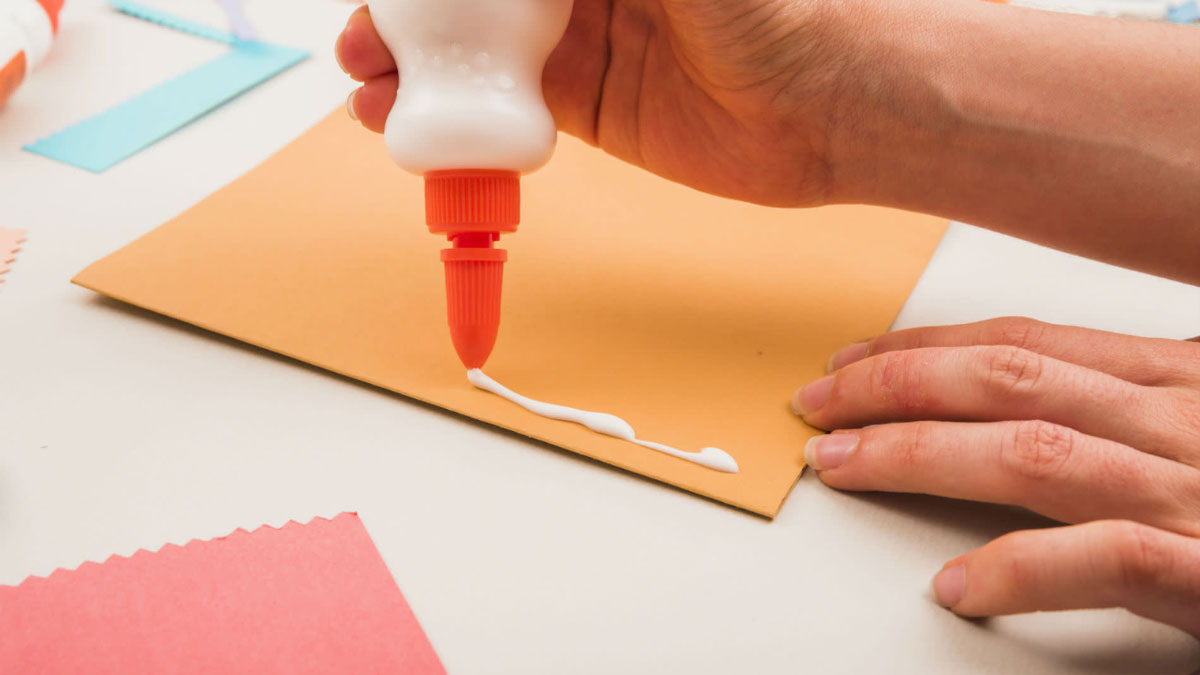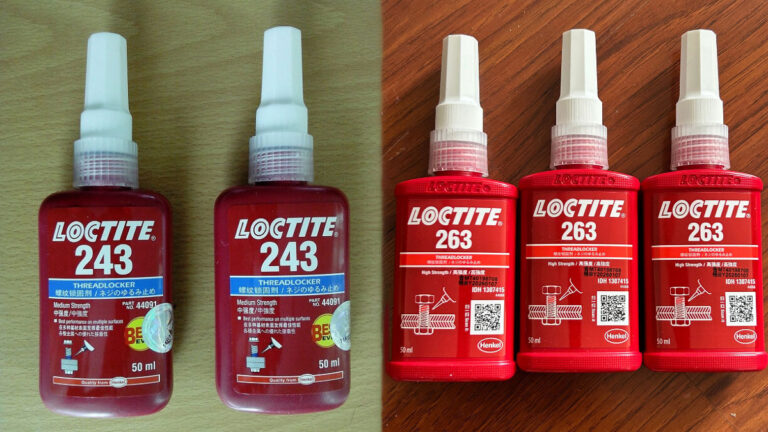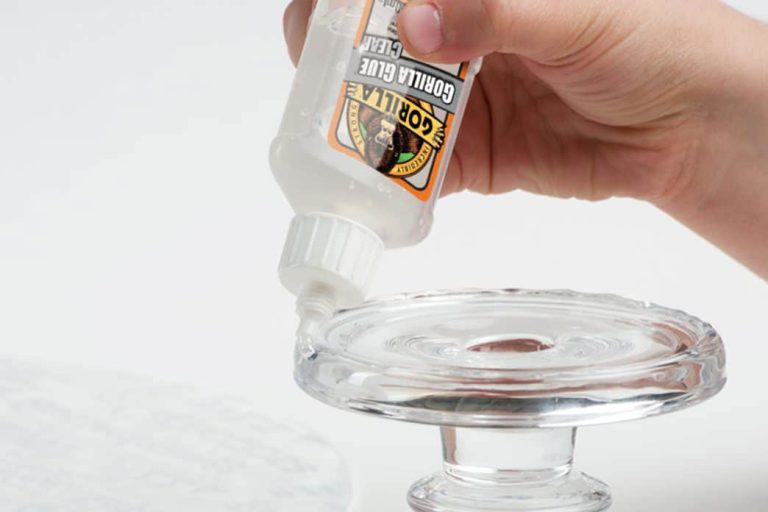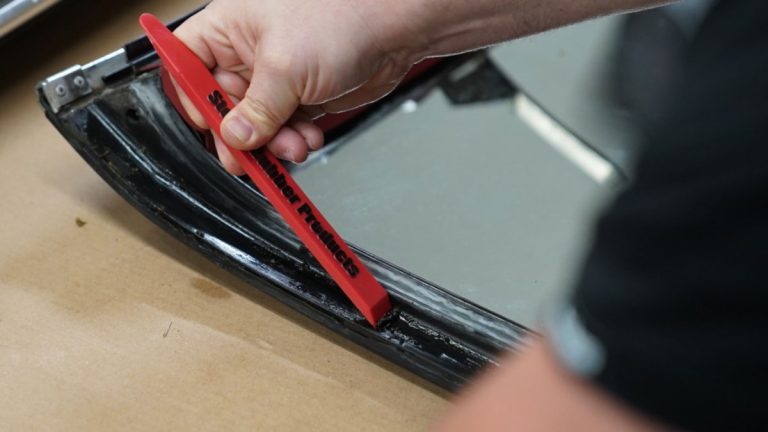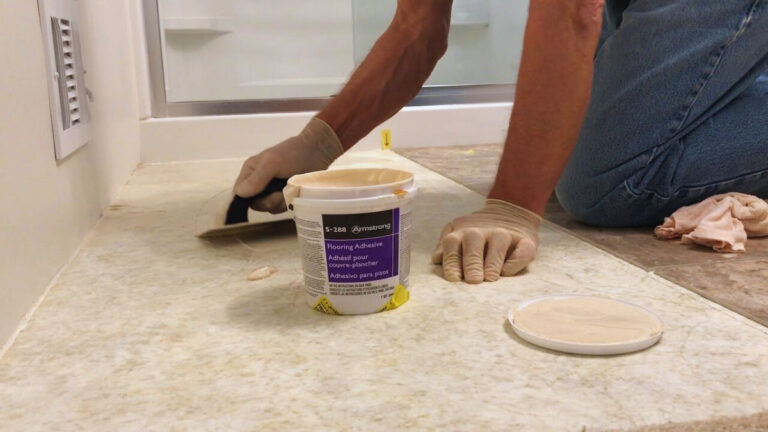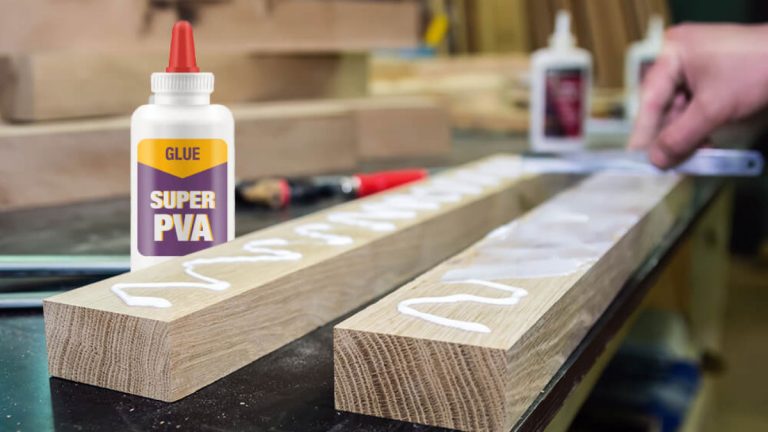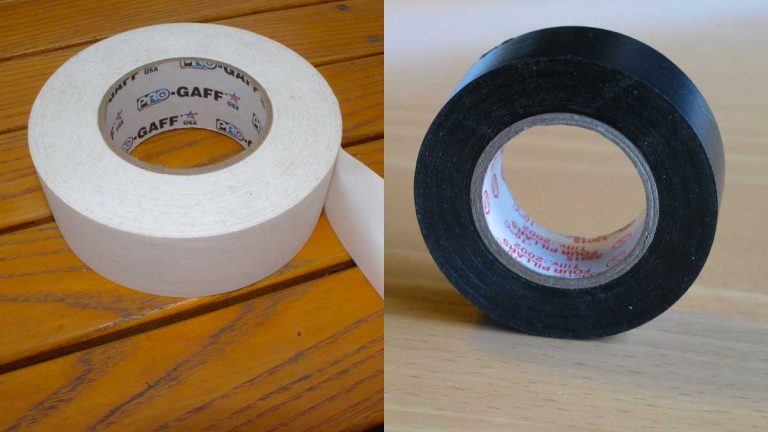Glue for Paper: Choosing the Best Adhesive for Your Projects
Choosing the right glue for paper projects can make a world of difference in your crafting or office tasks. Whether you’re working on a scrapbook, school project, or professional presentation, the adhesive you select affects the quality and durability of your work. With so many options available, it can be overwhelming to decide which one suits your needs best.
We’ll explore the various types of glue perfect for paper, from traditional white glue to more specialized adhesives. By understanding their unique properties and applications, you’ll be better equipped to make an informed choice that ensures your projects hold up beautifully over time. Let’s jump into the sticky world of paper glues and find the perfect match for your next masterpiece.
Key Takeaways
- Importance of Choosing the Right Glue: Selecting the appropriate adhesive for your paper projects can significantly impact the quality and durability of your work.
- Types of Paper Glue: Different glues, including liquid glues, tacky glues, glue sticks, and spray adhesives, offer various benefits for specific applications.
- Factors to Consider: Consider the type of paper, drying time, and application method when choosing a glue to ensure the best results for your project.
- Popular Glue Brands: Nuvo Liquid Glue, Art Glitter Glue, Tombow Mono Aqua Liquid Glue, Bearly Arts Craft Glue, and Aleene’s Tacky Glue are some top recommendations for paper projects.
- Effective Application Tips: To achieve optimal results, ensure clean surfaces, apply thin layers, press firmly, and store glue properly.
Understanding Paper Glues
Selecting the right paper glue enhances your craft’s durability and quality. Understanding various glues helps match the adhesive to your project’s needs. This guide explores popular options and their applications.
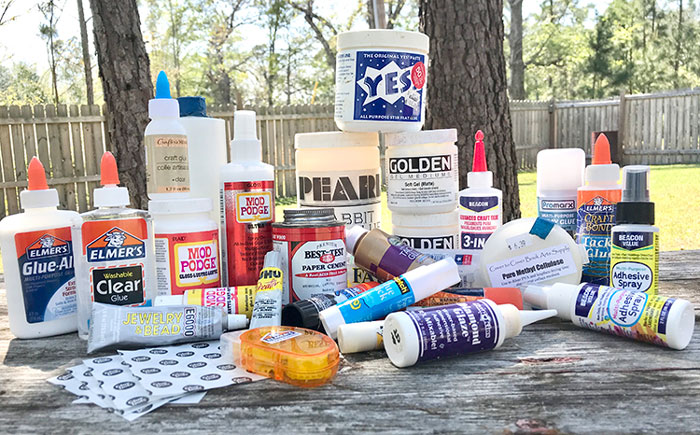
Types of Glues for Paper
- Liquid Glues
Liquid glues offer versatility, ideal for intricate paper pieces and 3D folds.
- Nuvo Liquid Glue: Known for its ease of use, particularly for detailed tasks. It suits both delicate and substantial projects.
- Art Glitter Glue: Even though the name, it’s not glittery. It offers strong hold and dries clear, making it favored among paper crafters.
- Tombow Mono Aqua Liquid Glue: Features dual tips—a broad tip for large areas and a pen tip for fine details. Fast drying with a reliable hold.
- Bearly Arts Craft Glue: Comes with multiple tip sizes, allowing versatility for different applications. Ideal for detailed and general use.
- Tacky Glues
Tacky glues are thicker and offer a quicker set time, which is useful for projects needing a strong and fast hold.
- Aleene’s Tacky Glue: A staple among paper modelers and general crafters. It provides a quick bond and a strong, flexible hold.
Factors to Consider When Choosing a Paper Glue
- Type of Paper: Different paper types absorb glue differently. Thicker paper may require a stronger adhesive.
- Drying Time: Fast-drying glues are suitable for quick projects, whereas slower-drying ones allow for adjustments during crafting.
- Application Type: Detailed work benefits from precision tip glues, while large areas are best covered with broader tips.
Paper Glue Comparison Table
| Glue Name | Type | Drying Time | Application Tips | Specialty |
|---|---|---|---|---|
| Nuvo Liquid Glue | Liquid | Moderate | Versatile tip | Ideal for intricate and 3D paper crafts |
| Art Glitter Glue | Liquid | Fast | Fine tip | Strong hold, clear finish |
| Tombow Mono Aqua | Liquid | Fast | Broad and pen tips | Dual application tips for versatility |
| Bearly Arts Craft Glue | Liquid | Moderate | Multiple tip sizes | Broad usage, detailed and general |
| Aleene’s Tacky Glue | Tacky | Fast | Standard applicator tip | Quick bond, strong flexible hold |
Using Paper Glues Effectively
Follow these tips to enhance your paper crafting results with the selected glue:
- Ensure Clean Surfaces: Glue adheres better to clean, dry surfaces.
- Apply Thin Layers: Prevent paper warping by applying glue sparingly.
- Press Firmly: Ensure a solid bond by pressing the glued surfaces together firmly for a few seconds.
- Store Properly: Extend glue’s shelf life by keeping lids tight and storing them upright.
Understanding these glues’ characteristics and usage can help you choose the appropriate adhesive for any paper project, ensuring lasting and high-quality results.
Factors to Consider When Choosing Glue
When selecting glue for paper projects, several essential factors determine the adhesive’s suitability for your application. These key aspects ensure the longevity and quality of your work.
Acid-free and Archival Quality
- Importance: For projects meant to last, such as scrapbooking or archival documents, acid-free and archival-quality glues are vital. These adhesives prevent paper degradation, which includes yellowing and brittleness.
- Recommendations: Choose glues marked “acid-free” and “archival quality.” Products like PVA glue, commonly used in bookbinding, provide a reliable, acid-free option.
Strength and Durability
- Considerations: Glue strength varies with needs. For heavy-duty projects like posters or items handled often, a stronger adhesive is required. Ensure you match the glue strength to the paper type and application.
- Examples: For robust bonds, products like Aleene’s Tacky Glue offer superior strength suitable for heavier paper crafts.
Drying Time
- Factors: Drying time impacts workflow and project outcomes. Quick-drying glues expedite progress but may allow less adjustment time, while slow-drying glues provide flexibility for repositioning.
- Recommendations: Assess your project’s needs. Quick-set adhesives like hot glue dry almost instantly, while white glues like Tombow Mono Aqua allow more working time.
| Glue Type | Drying Time | Best Used For |
|---|---|---|
| Hot glue | Instant | Rapid assembly, rigid objects |
| PVA (white glue) | 30 minutes to 1 hour | Bookbinding, paper crafts requiring precision |
| Tacky glue | 5-10 minutes | General paper crafting, lightweight materials |
- Importance: User-friendly glues simplify application and enhance crafting experiences. Features like non-clogging nozzles and clear application can improve results.
- Recommendations: Opt for glues designed for effortless use. Products like Nuvo Liquid Glue and Art Glitter Glue come with precision tips and easy-to-handle packaging, making them suitable for detailed work.
| Feature | Benefit | Example Product |
|---|---|---|
| Non-clogging nozzle | Prevents blockage, ensuring steady flow | Nuvo Liquid Glue |
| Precision tip | Allows detailed application | Art Glitter Glue |
| Easy-squeeze bottle | Reduces hand strain during application | Bearly Arts Craft Glue |
By considering these factors, you can select the glue that best suits your specific paper project needs, ensuring high-quality, durable, and aesthetically pleasing outcomes.
Types of Paper Glue
Choosing the right glue is crucial for any paper crafting project. Here are the primary types of glue you’ll need to know about:
Liquid Glue
White Glue (PVA Glue): This glue is best for general paper crafting and is versatile for medium and large applications. Brands like Elmer’s are popular choices. Apply sparingly, as too much can cause paper warping or wrinkling.
Tacky Glue: Known for its strong bond and clear drying properties, Aleene’s Tacky Glue is excellent for structural builds and allows adjustments before setting.
Super Glue (Cyanoacrylate): Ideal for small, precise applications due to its thin nature and quick drying time. Super glue is perfect for tab-gluing in paper models.
Art Glitter Glue: This glue is thin and dries clear, making it great for intricate cuts and designs. It offers precision in application.
Glue Sticks
Glue sticks are easy to use and less messy than liquid glue. They are perfect for quick bonding tasks and work well for lightweight papers. But, they may not offer the strongest bond for heavier materials. Brands like Scotch and Elmer’s are widely used.
Tape Adhesives
Tape adhesives are convenient for adhering paper without the mess of liquid glue. Types include:
- Double-Sided Tape: Provides a strong bond and is ideal for scrapbooking and card making.
- Washi Tape: Decorative and functional, perfect for adding color and design to projects.
- Clear Tape: Standard clear tape is easy to apply and versatile for various tasks.
Spray Adhesives
Spray adhesives offer an even layer of glue and are suitable for large surface areas. They are commonly used in graphic design and large-scale paper crafts. Apply in a well-ventilated area and use protective coverings to avoid overspray.
| Type | Best For | Examples | Notes |
|---|---|---|---|
| White Glue | General paper crafting | Elmer’s | Apply sparingly to avoid warping |
| Tacky Glue | Structural builds | Aleene’s Tacky Glue | Allows for adjustments before setting |
| Super Glue | Precise applications | Cyanoacrylate | Quick drying, ideal for tab-gluing |
| Art Glitter Glue | Intricate cuts/designs | Art Glitter Glue | Thin, dries clear |
| Glue Sticks | Quick bonding, lightweight paper | Scotch, Elmer’s | Less messy, not for heavy materials |
| Double-Sided Tape | Scrapbooking, card making | Various brands | Strong bond for detailed work |
| Washi Tape | Decorative purposes | Various brands | Adds color/design, great for crafts |
| Clear Tape | General use | Scotch | Easy application |
| Spray Adhesives | Large surface areas | Various brands | Even layer, use in well-ventilated space |
Remember to consider the specific needs of your project when selecting a type of glue. The right choice enhances the quality and durability of your paper crafts.
Best Glues for Different Paper Projects
Choosing the right glue for your paper project is essential in preventing messes, ensuring adhesion, and preserving the quality of your work.
Scrapbooking
Scrapbooking requires precise and clean adhesion for photos, embellishments, and more.
- PVA Glue: Dries clear, easy to apply but can warp paper.
- Double-Sided Tape: Creates a clean, flat finish without the mess.
- Tape Runner: Comes in a dispenser for quick application on small embellishments.
- Art Glitter Glue: Features a precision tip excellent for intricate details.
Card Making
Creating detailed and professional-looking cards demands a glue that dries quickly and adheres well to different paper types.
- Art Glitter Glue: Provides a precision tip and fast-drying properties.
Collage and Decoupage
For collage and decoupage projects, you need a flexible and durable adhesive.
- Mod Podge: Acts as glue, sealer, and finish, available in a variety of finishes such as matte and gloss.
- Gel Medium: Ideal for heavier materials and mixed media.
Temporary Fixes
Sometimes you need temporary holds or repositioning ability without leaving a residue.
- Post-it Glue Stick: Provides a temporary hold and lifts off easily.
- Removable Double-Sided Tape: Allows for repositioning without damaging paper.
| Project Type | Best Glues | Key Features |
|---|---|---|
| Scrapbooking | PVA Glue, Double-Sided Tape | Clear drying, clean finish |
| Tape Runner, Art Glitter Glue | Fast application, precision tip | |
| Card Making | Art Glitter Glue | Fast-drying, precision tip |
| Collage and Decoupage | Mod Podge, Gel Medium | Glue/sealer/finish, mixed media suitable |
| Temporary Fixes | Post-it Glue Stick, Removable Tape | Temporary hold, residue-free repositioning |
Selecting the right glue can enhance your crafting experience and ensure that your paper projects look polished and last longer. Use this guide to find the adhesive that suits your specific needs best.
Tips for Effective Gluing
Proper gluing techniques ensure strong bonds and enhance the durability of your paper projects. Using the right type of glue and applying it correctly can prevent issues like wrinkling, detachment, and discoloration. Here are some methods to achieve optimal results:
Choose the Right Glue
Different glue types serve varied purposes. Selecting the appropriate one helps maintain the integrity of your paper.
- PVA Glue: White PVA glue, like Elmer’s, is suitable for medium and large applications. It dries clear and is widely used in paper crafts.
- Tacky Glue: Aleene’s Tacky Glue offers ease of use and quick drying. It comes in various forms, including bronze and purple tubes.
- Liquid Glue: Tombow Mono Aqua Liquid Glue is ideal for intricate pieces due to its fine pen tip and quick drying time.
- Acid-Free Glue: For archival purposes, acid-free and lignin-free glues like Zip Dry Paper Glue prevent yellowing and wrinkling.
Application Tips
Applying glue properly is essential to avoid damage and ensure a secure bond.
- Clean Surfaces: Ensure both surfaces are free from dust and debris.
- Apply Thin Layers: Use a thin, even layer of glue to prevent paper warping or bubbling.
- Press Firmly: Press the glued surfaces together firmly for a few seconds to set the bond.
- Allow Drying Time: Give the glue ample time to dry completely for a stronger hold.
Factors to Consider
Several factors influence the effectiveness of gluing. Consider these when choosing and applying glue:
- Type of Paper: Thicker papers can handle more adhesive, while thinner papers may require less to avoid wrinkling.
- Drying Time: Fast-drying glues may be preferable for quick projects, while slower drying ones allow for repositioning.
- Application Area: Large areas may benefit from spreaders, while precision tips work best for small or intricate applications.
Recommended Glues
Here’s a detailed comparison of popular glues based on drying time, strength, and ideal use cases:
| Glue Type | Drying Time | Strength | Ideal Use Cases |
|---|---|---|---|
| Elmer’s PVA Glue | 30 min | Medium | General paper crafts, school projects |
| Aleene’s Tacky Glue | 5-10 min | High | Scrapbooking, heavy embellishments |
| Tombow Mono Aqua | 2-5 min | Medium | Intricate designs, detailed work |
| Zip Dry Paper Glue | 10-15 min | High | Archival projects, keeping paper wrinkle-free |
Practical Tips for Storage
Store your glue properly to maintain its effectiveness over time.
- Cool, Dry Place: Keep glue away from direct sunlight and moisture.
- Tightly Sealed Caps: Ensure caps are tightly closed to prevent drying out.
- Upright Position: Store glue bottles upright to avoid spills and leaks.
Summary Action Point
Use these tips and recommendations to select and apply the right glue, ensuring durable, high-quality results for your paper projects.
Conclusion
Choosing the right glue for your paper projects is crucial for achieving high-quality and durable results. By understanding the different types of adhesives and their unique properties, you can make informed decisions that enhance your crafting experience. Whether you’re working on scrapbooking, card making, or any other paper project, selecting the appropriate glue ensures strong bonds and aesthetically pleasing outcomes.
Remember to consider factors like drying time, paper type, and the specific needs of your project. Use the practical tips provided to optimize your gluing techniques and maintain the effectiveness of your adhesives. With the right knowledge and tools, you can elevate your paper crafting to new heights, creating projects that stand the test of time.
Frequently Asked Questions
What is the best glue for paper?
For excellent results in paper crafting, consider Tombow Mono Liquid Glue, Zig 2-Way Glue Pens, Bearly Arts Precision Glue, and Nuvo Glue. These are highly regarded for their strong bonds and ease of use.
What glue won’t warp paper?
Foam tape is an excellent choice if you want to avoid warping. It provides a secure bond without creasing the paper and adds a dimensional effect due to its thickness.
Is Super Glue good for paper?
Yes, Super Glue is effective for paper. It offers strong resistance to temperature and moisture, making it a versatile choice for various materials, including paper.
Does Gorilla Glue hold paper?
Gorilla Super Glue Gel is suitable for use on paper among other materials like wood, metal, and plastic. Its no-run formula makes it ideal for vertical surfaces too.
How do you stick paper to paper without glue?
You can use methods like stapling, folding a corner and tearing across the fold, or binding the papers with a bolt and nut for a glue-free solution.

